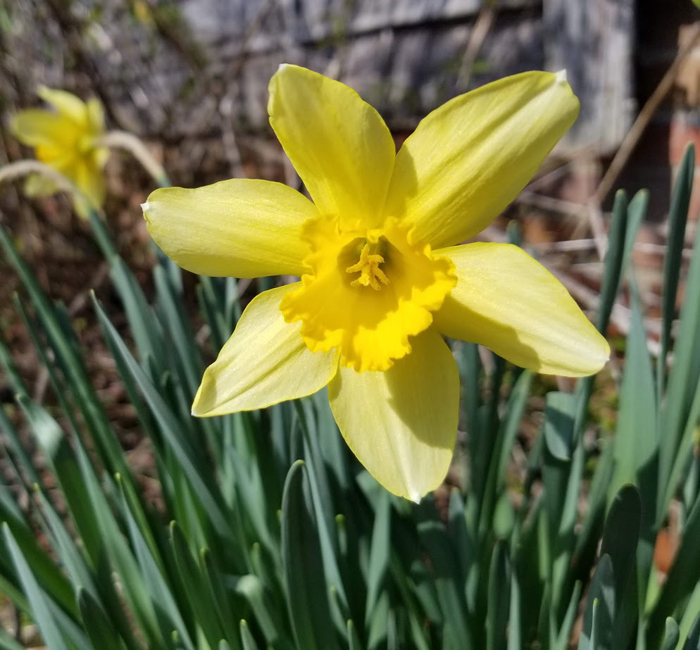Darrell Blackwelder: Time to plant bulbs for spring blossoms
Published 12:00 am Friday, October 11, 2019
By Darrell Blackwelder
Daffodils, tulips, hyacinths, crocus and other spring-flowering bulbs should be planted in October and November. Cooler fall temperatures aid in root development and satisfy the cooler requirements of bulb growth. Various types of bulbs are now available at local garden shops and retail outlets.
Select bulbs that are firm and healthy. Small nicks and loose skins do not affect the growth and development of the bulb. In fact, loose skins aid in inspection for diseases and other deformities.
The size and number of blooms per bulb usually correlates with the size of the bulb. Small economy bulbs, sold by the hundreds, are no bargain because they produce small, less attractive blooms later in the spring. Healthy bulbs produce large and showy blooms.
Well-drained soils are essential for adequate bulb growth. Avoid planting in poorly drained soils. Tight clay soils should be amended with topsoil, ground bark or compost material worked into the soil. Raised beds that include good topsoil and soil amendments are excellent areas for bulb placement.
Soil pH is also an important factor in bulb growth and development. Bulbs grow best in soils with a pH between 6.5 and 7.0. A soil test may reveal the need for dolomitic lime to raise the pH of Rowan’s naturally acidic soils.
The planting procedure in the fall is important for later spring performance. Small bulbs (1 inch in height) should be planted 4 to 5 inches deep. Larger bulbs (2 inches or more in height) should be planted 7 to 8 inches deep, with the depths measured from the base of the bulb to the soil line.
Try to loosen the soil under the bulb before planting. Large bulbs should be planted 3 to 6 inches apart and small bulbs, 1 to 2 inches apart. Both small and large bulb types can be interplanted to spark bloom and color interest.
Bone meal is an organic fertilizer often promoted as helping bulb establishment and growth, but research has shown that the processing that goes into making bone meal removes much of the nutrients. Other experts lament that the natural fertilizer attracts animals such as raccoons, voles and other rodents. Specialized bulb food or fertilizers are now available that are designed to maximize top growth and bulb development.
Cover the bulbs with half the soil backfill, water thoroughly and finish covering with remaining soil. Cover the planted bulbs with 2 to 3 inches of mulch to conserve water and reduce winter weed growth and irrigate as needed during winter droughts.
Label your bulbs to determine which performed well and those that didn’t quite meet your expectations. You’ll want to try new ones each year when you get the spring bulb fever.
Darrell Blackwelder is the retired county extension director with horticulture responsibilities with the North Carolina Cooperative Extension Service in Rowan County.





